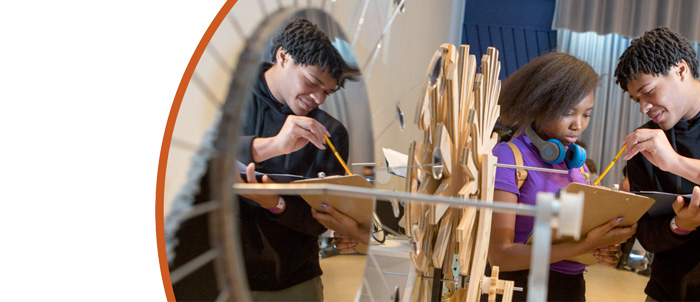Investigating Virtual Learning Environments
Effective Years: 2015-2021
The multi-year project will study 50 flipped, hybrid, and online courses offered in the three major STEM Schools at the University of California, Irvine (UCI). Higher education institutions are increasing the number of courses they offer that use elements of virtual instruction in the belief that these courses will lead to better learning, lower costs, greater access, and higher graduation rates. However, recent meta-analyses of virtual learning in higher education all conclude that there is a dearth of rigorous research on the topic. The study will assist higher education administrators, instructors, and course designers to make effective decisions in planning the kinds of virtual learning environments that can best meet the needs of undergraduate STEM students, especially in the vital first two years of college. A major focus of the study will be the impact of virtual learning environments on underrepresented minorities, first-generation college students, students of low-socioeconomic status backgrounds, and women. The research will provide some of the best evidence to date about the impact of higher education virtual environments on learning outcomes, attitudes toward STEM, and persistence in STEM majors.
The proposed project will include 50 separate studies of STEM instruction at UCI. The majority will employ random assignment of students to investigate the comparative impacts of virtual vs. traditional learning with the same instructor. Experimental and quasi-experimental techniques will be used to compare the impact of virtual courses compared to traditional courses taught by the same instructor on students? attitudes toward STEM study, learning outcomes, and success and persistence in future STEM courses. Quantitative and qualitative indicators of instructional practices and student performance and engagement will be collected to compare and describe practices across course formats and then distilled into recommended best practices. Statistical data mining techniques, including sequence modeling, clustering, text mining, matrix factorization, and high-dimensional predictive modeling will be used on a rich set of institutional data, self-reported survey data, engagement data (logins, video watching, participation in online forums), and outcome data to extract and analyze information about student learning behaviors and their relationship to learning outcomes. The instruments and designs used in the study, including observation protocols, surveys, interview protocols, and cutting-edge methodological approaches, will allow future researchers to replicate and build on these analyses, thereby contributing to the broader understanding of virtual learning environments. The project, supported through the EHR Core Research (ECR) program of fundamental research in STEM, will contribute important research findings regarding STEM learning, learning environments, and broadening participation in STEM, which are important priorities of the ECR program.




